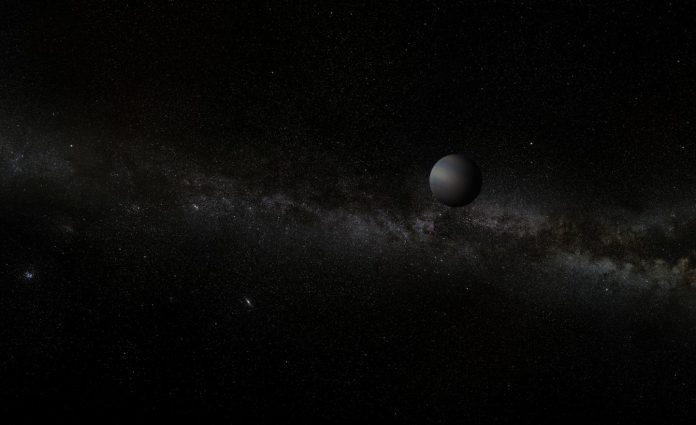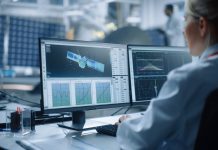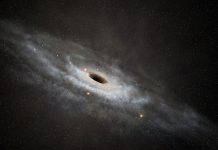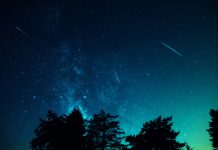Iain McDonald used NASA Kepler Space Telescope data to find evidence of a mysterious group of “free-floating” planets
He led a team that used data obtained in 2016, during this two-month campaign of monitoring a crowded field of millions of stars near the centre of the Milky Way Galaxy – every 30 minutes in order to find rare gravitational microlensing events.
What did they find?
The study team found 27 short-duration candidate microlensing signals that varied over timescales of between an hour and 10 days. Many of these had been previously seen in data obtained simultaneously from the ground.
However, the four shortest events are new discoveries that are consistent with planets of similar masses to Earth.
McDonald further commented: “These signals are extremely difficult to find. Our observations pointed an elderly, ailing telescope with blurred vision at one the most densely crowded parts of the sky, where there are already thousands of bright stars that vary in brightness, and thousands of asteroids that skim across our field. From that cacophony, we try to extract tiny, characteristic brightenings caused by planets, and we only have one chance to see a signal before it’s gone.
“It’s about as easy as looking for the single blink of a firefly in the middle of a motorway, using only a handheld phone.”
No host star, planets in a dark galaxy?
These new events do not show an accompanying longer signal that might be expected from a host star, suggesting that these new events may be free-floating planets. Such planets may perhaps have originally formed around a host star before being ejected by the gravitational tug of other, heavier planets in the system.
Co-author Eamonn Kerins said: “Kepler has achieved what it was never designed to do, in providing further tentative evidence for the existence of a population of Earth-mass, free-floating planets. Now it passes the baton on to other missions that will be designed to find such signals, signals so elusive that Einstein himself thought that they were unlikely ever to be observed.
“I am very excited that the upcoming ESA Euclid mission could also join this effort as an additional science activity to its main mission.”











